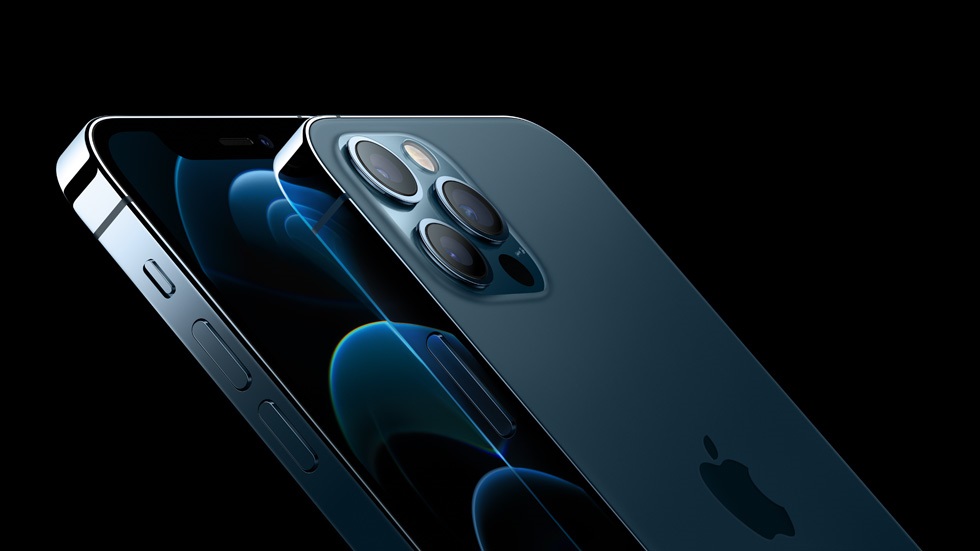- Apple’s iPhone 12 is 26% more expensive to manufacture compared to the iPhone 11.
- The cost increase is primarily due to the addition of 5G and pricier OLED displays.
- Apple helped offset the increase by utilizing cheaper battery technology. It also including shipping power adapters and EarPods with new iPhone 12 models.
Apple’s iPhone 12 lineup was its most ambitious to date, with the company last September unveiling four brand new models. Alongside the iPhone 12, iPhone 12 Pro, and iPhone 12 Pro Max, Apple also introduced the iPhone 12 Mini. Priced at $699, the iPhone 12 Mini boasts a 5.4-inch edge-to-edge display and is geared for folks who want Apple’s next-gen technologies in a compact form factor. The iPhone 12 Mini is also Apple’s entry-level device. This, in turn, allowed Apple to up the price on the base-model iPhone 12 by $100 compared to last year’s base-model iPhone 11.
Whereas the iPhone 11 started at $699, the iPhone 12 starts at $799. And far from Apple just arbitrarily jacking up the price, a new report from Counterpoint Research reveals that the iPhone 12 is markedly more expensive to manufacture than the iPhone 11. Specifically, the iPhone 12’s bill of materials (BOM) is approximately 26% more expensive than the iPhone 11.
“Producing a 128GB iPhone 12 mmWave (millimeter-wave) smartphone will cost Apple up to $431, 26% higher compared to the iPhone 11,” the report notes.
The fact that the iPhone 12 has a higher BOM than the iPhone 11 shouldn’t come as much of a surprise. For starters, the addition of a 5G chipset is significant. Second, the base model iPhone 12 boasts an OLED display whereas last year’s entry-level iPhone 11 shipped with an LCD display.
The report notes:
Apple has upgraded the display of its base models to OLED, which supports high dynamic range and higher peak brightness. From the cost perspective, the shift from LCD to OLED in the iPhone 12 is a big jump, resulting in an over $23 cost increase.
With the increase in BOM, Apple enacted a few cost-saving measures to protect its precious profit margins. For starters, a report from analyst Ming-Chi Kuo back in August (via MacRumors) claimed that Apple was utilizing cheaper battery technology to offset the increased cost of 5G. What’s more, Apple, as it’s prone to do, also exerted “higher bargaining pressure” on its suppliers in order to secure more favorable component pricing. And lastly, Apple with the iPhone 12 no longer includes a free power adapter or EarPods. Apple tried to spin this such that the move was made out of environmental concerns, but I’m sure the cost-savings across tens of millions of iPhones are substantial as well. Incidentally, with fewer accessories in the box, iPhone packaging can be smaller and, according to the company, reduces carbon emissions by 2 million metric tons.
Apple noted back in October:
Apple is also removing the power adapter and EarPods from iPhone packaging, further reducing carbon emissions and avoiding the mining and use of precious materials, which enables smaller and lighter packaging, and allows for 70 percent more boxes to be shipped on a pallet. Taken altogether, these changes will cut over 2 million metric tons of carbon emissions annually, equivalent to removing nearly 450,000 cars from the road per year.
Cost issues aside, early reports indicate that iPhone 12 sales have been robust across the globe. In fact, TSMC — the company that produces Apple’s A14 Bionic processor — reported record-breaking earnings this week on account of strong iPhone 12 demand. Further, Apple manufacturing partner Foxconn also reported a sales record last quarter thanks to swelling demand for Apple’s iPhone 12.








